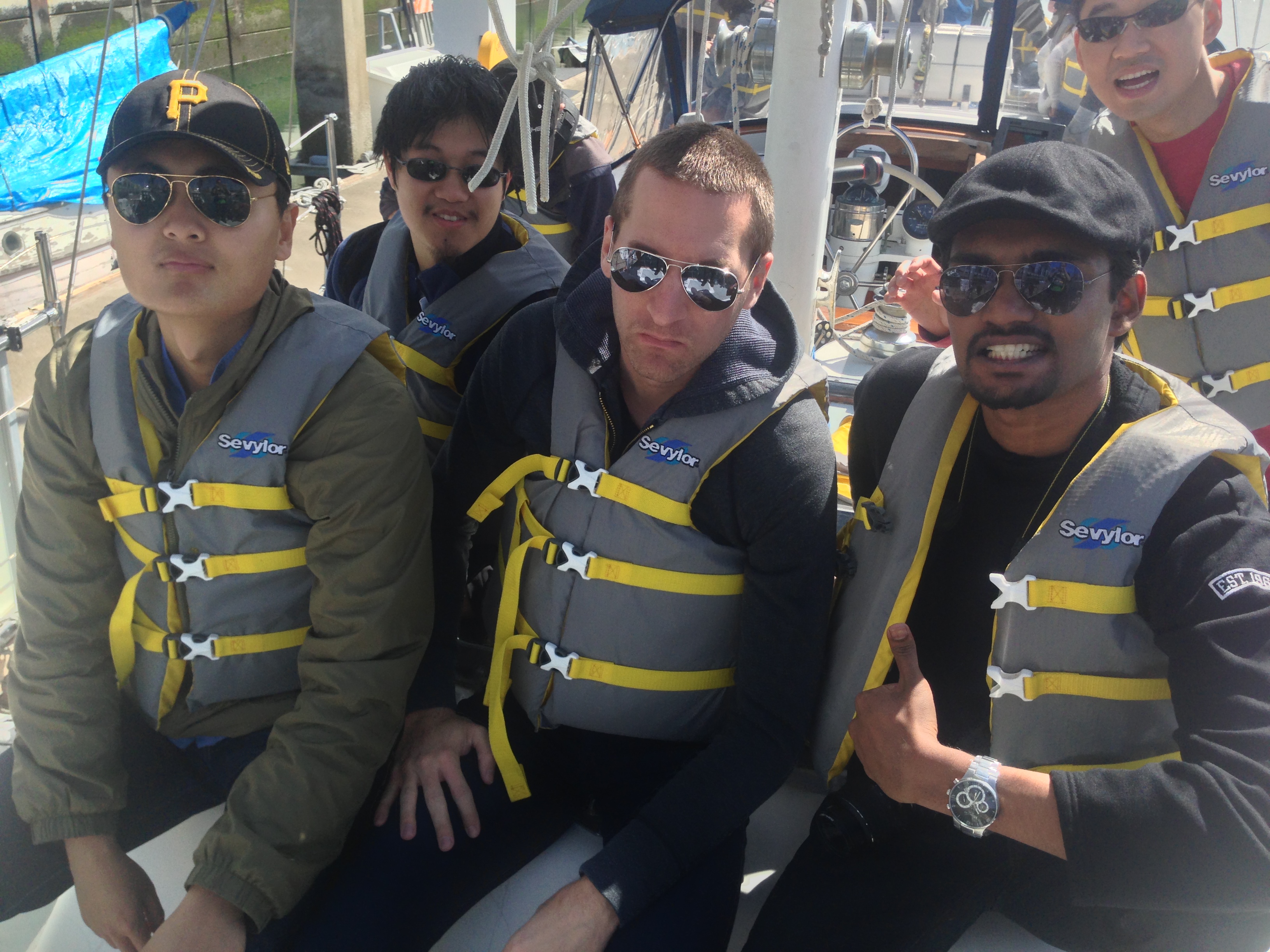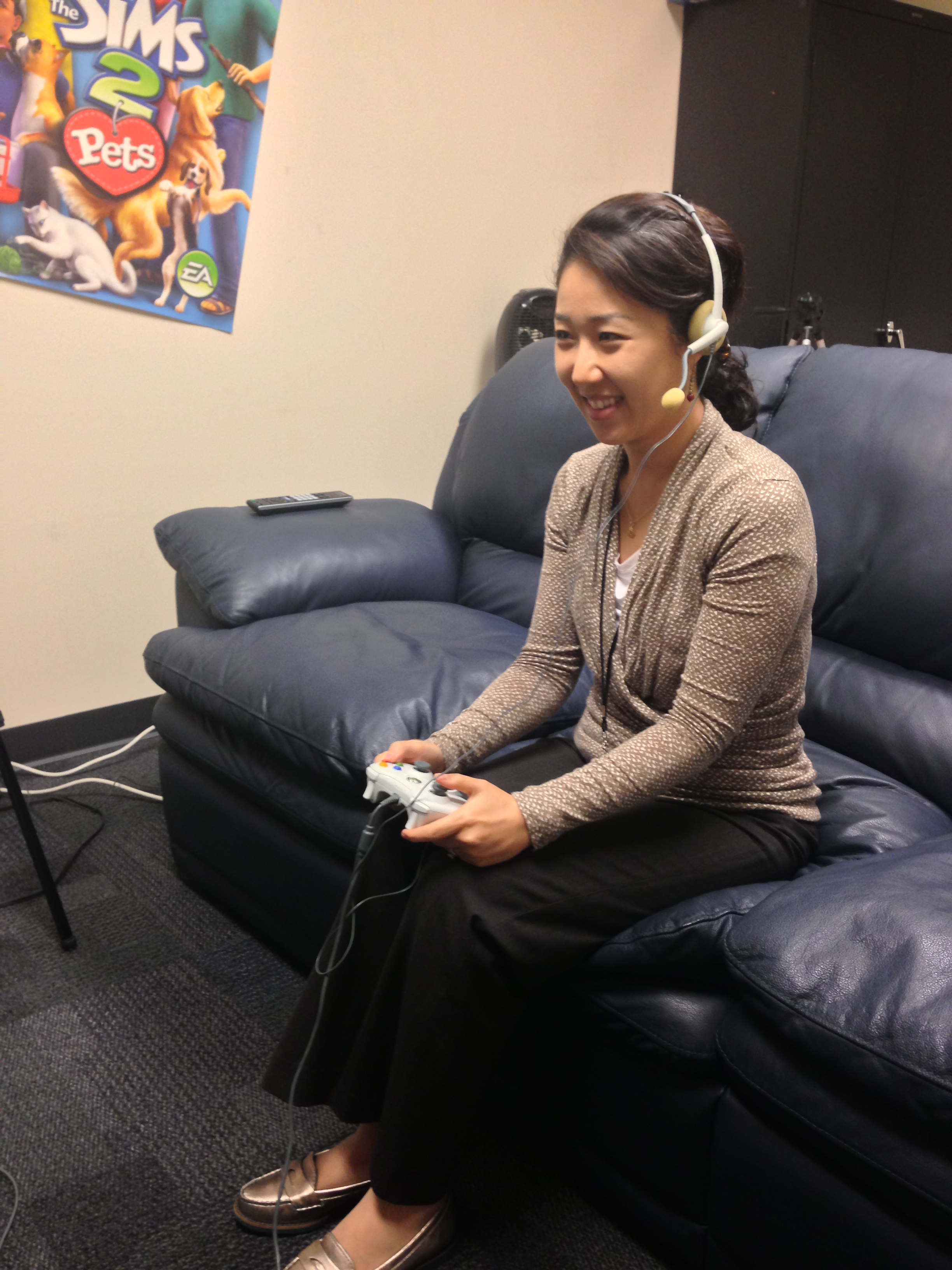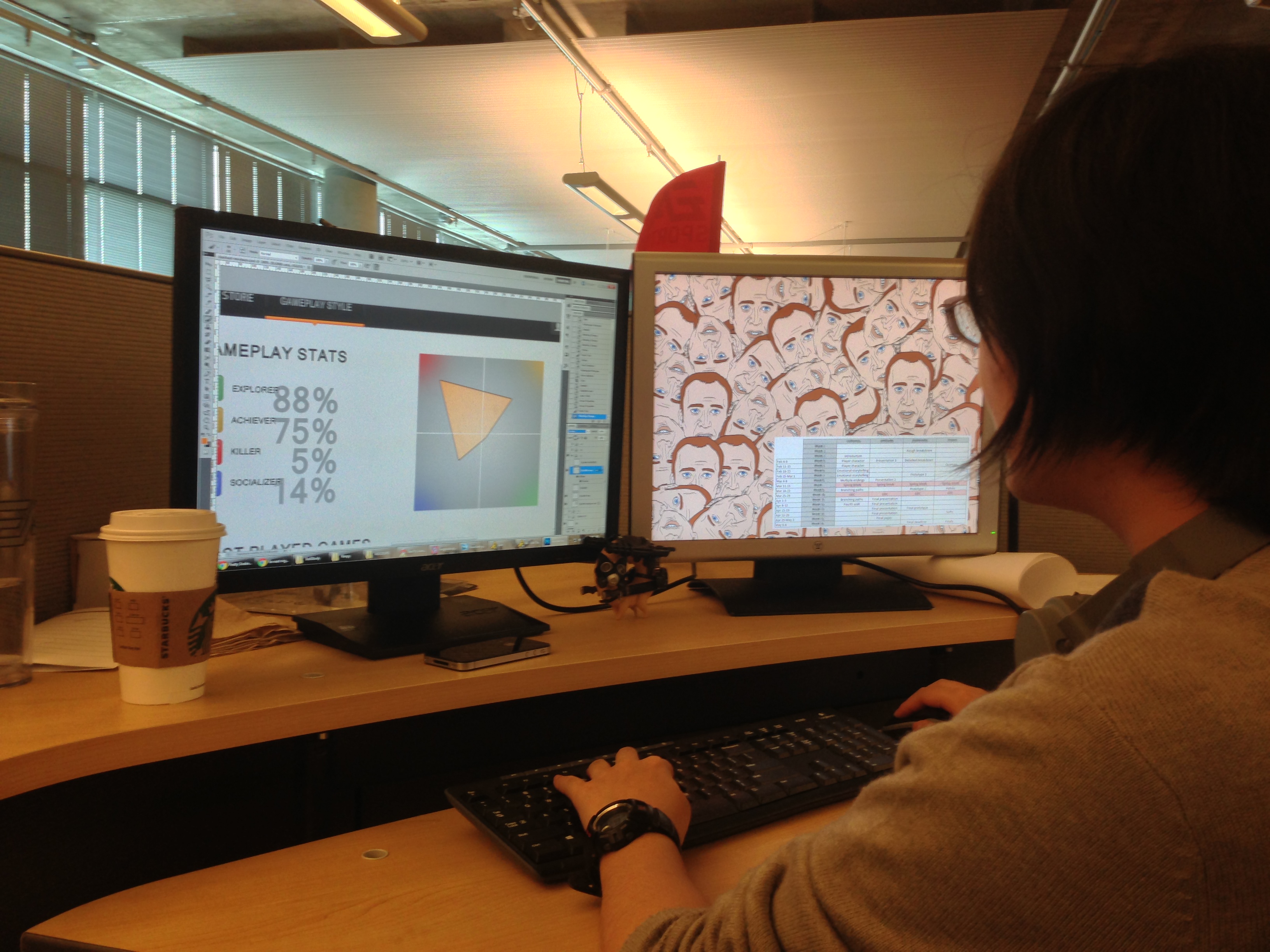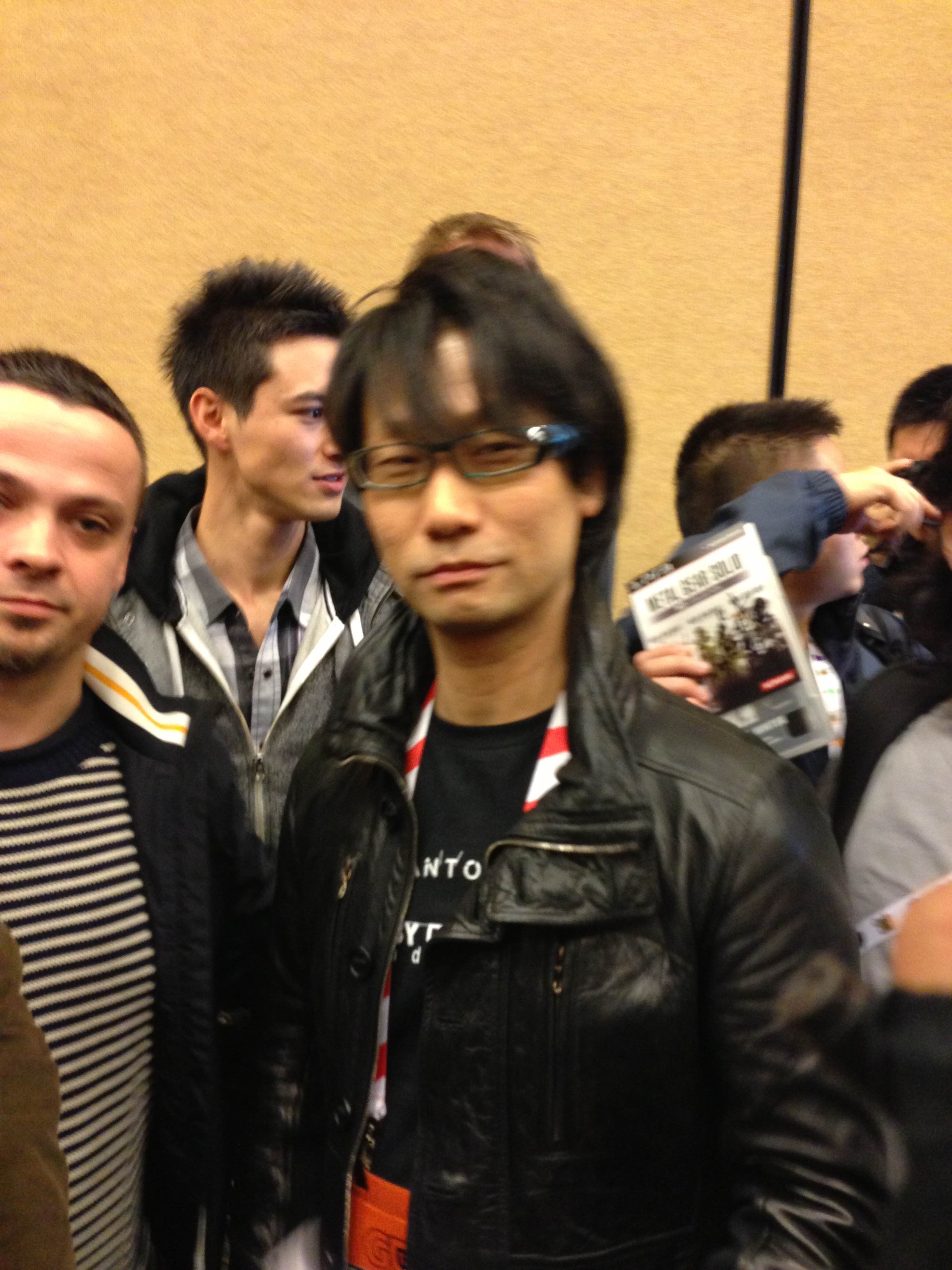Newsletter for project Heidegger Week 14 in PDF Format
This Week
Soft Opening occurred this week, and our shared time and energy was channeled toward ensuring that our project–as gargantuan and abstract as it is–was easily understandable, and that it showcased well. We were heartened to observe the great amount of interest expressed about our project (we had a booth set up within the vast atrium of EA’s 250 building) from passersby from varied departments. The enthusiasm radiated by our hosts here at EA shall sustain us during our final week and a half here in Redwood Shores.
In Detail
Prior to Softs, Emmanuel–whose service and determination I’d like to honor and immortalize here–spent untold hours bearing the burden of editing our two promotional videos, one being three minutes in length, the other being 30 seconds. He also composed the script, and was able to birth his singular creative vision. Your team thanks you, Emmanuel! Concerning Softs, our initial plan was to construct a makeshift playtesting area, in which two members of the public could play our modified Dead Space 3 level cooperatively, as Martin and Nathan conducted live player type analysis. Unfortunately, due to uncertainty as to whether we’d receive the number of televisions necessary for this setup (we ultimately did), and because we weren’t wholly certain whether visitors would be willing to sit, play, and remove themselves from their work routines for times exceeding twenty minutes (they ultimately weren’t), we settled on a more conservative arrangement. In the end, we had one television equipped to run our level, one television running the playtesting demo reel that we’d created for Halves, one television running a slideshow of data processing methods and results, and one monitor which displayed an interactive version of our Origin module. Truly, the visual bombast of four screens simultaneously exhibiting unique information pertaining to our project was an ocular spectacle unlike any other in the history of ETC SV, and persuasively enticing to observers. We’re proud of what we accomplished over the course of the semester, and what we showed during Softs.
Next Week
Next Friday, we’ll deliver an individual presentation to Rich, summarizing our project and explaining our outcomes. Prior to that, we’ll work on authoring our documentation reports for our mini-teams (Playtesting, Data, and Origin), then standardize their formats and compile them into a single report. On Monday, we’ll also begin creating the spine for our three upcoming presentations — one to Rich, one to Visceral/Origin, and one for ETC Finals — in an effort to complete these obligations as early on as possible.





